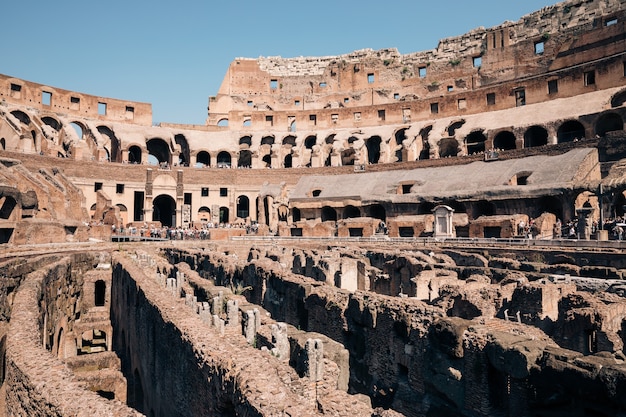The Grand El Jem Amphitheater in Tunisia: Africa’s Most Magnificent Colosseum


Located in Africa, this amphitheater holds up to 35,000 spectators and was the third major structure to encompass the entire Roman world after the Flavian Amphitheatre, the Italian Colosseum, and the theater of Capua. Similar to other Roman amphitheaters, it hosted daily gladiator duels and chariot races.
It’s important to remember that, in ancient times, the Mediterranean region, including Tunisia, shared common customs and traditions. Tunisia, benefiting from a less arid climate back then, was a vital granary for Rome. The amphitheater remained well-preserved until the seventeenth century due to the abandonment of the ancient Roman settlement. It was then used as a quarry for constructing the Great Mosque of Kairouan.
This historical site has been under UNESCO protection since 1979 and even featured in scenes from the movie Gladiator. If you plan to visit, entrance to the amphitheater costs 8 dinars (about 4 euros), which also includes access to the El Jem museum. The museum showcases architectural elements, frescoes, and mosaics from ancient Roman villas found in the area. During summer, it is open from 7:30 AM to 7:00 PM. El Jem is conveniently located midway between Sousse and Sfax, along the road connecting these two cities.